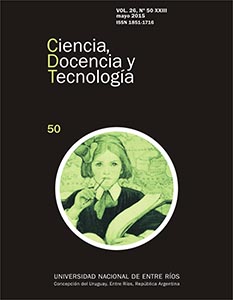Abstract
An increased development of Cyanophyceae produced by eutrophication of the aquatic environments yields algae blooms and compounds with unpleasant odors and flavors as well as liberation of toxic metabolites. Excessive algae growth is also a problem for water that can be used for human consumption or industrial processes, but treatment for their removal leads to increases in operating costs. In this paper, the use of ultrasound to control algal blooms, in particular Cyanophyceae, at laboratory level is assayed. The results obtained (using a frequency of 20 kHz and a power of 9 W) show that organisms belonging to classes Chrysophyceae, Euglenophyceae and Chlorophyceae were removed after 5 minutes of exposure, and Raphidiopsis mediterranean within the first 10 minutes, while reduction was 98% for M. aeruginosa and 99% for Dolichospermum spiroides after 60 minutes.
The authors retain the copyright and grant the journal the right to be the first publication of the work, as well as licensing it under a Creative Commons Attribution License that allows others to share the work with an acknowledgment of the authorship of the work and publication initial in this magazine. All content is published under the Creative Commons 4.0 international license: Attribution-Non-Commercial-Share Alike.

